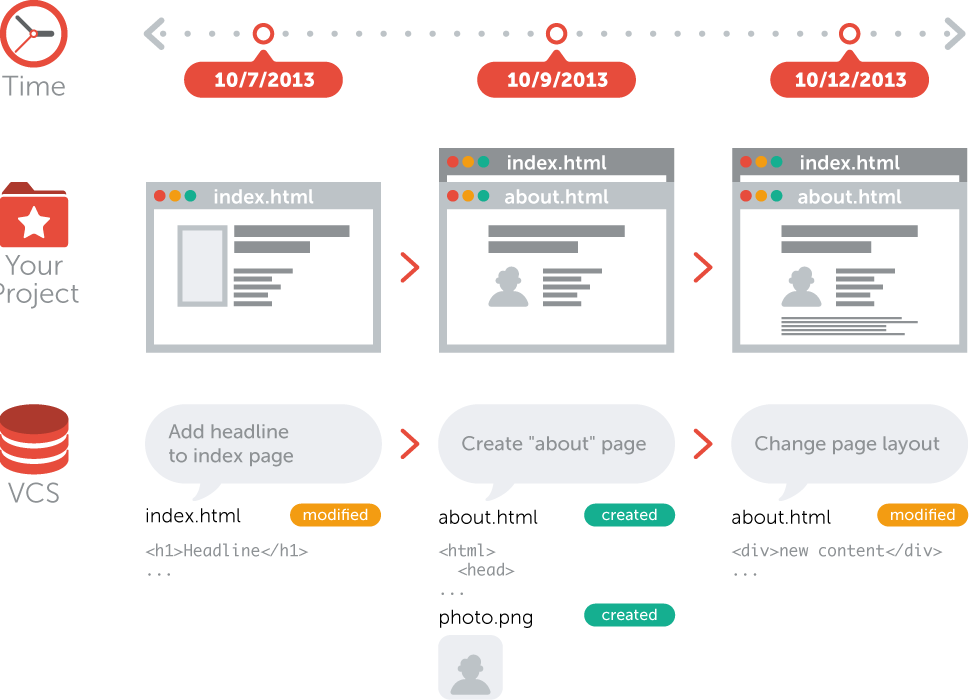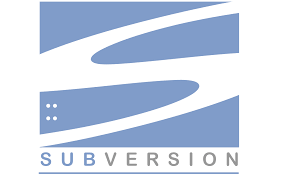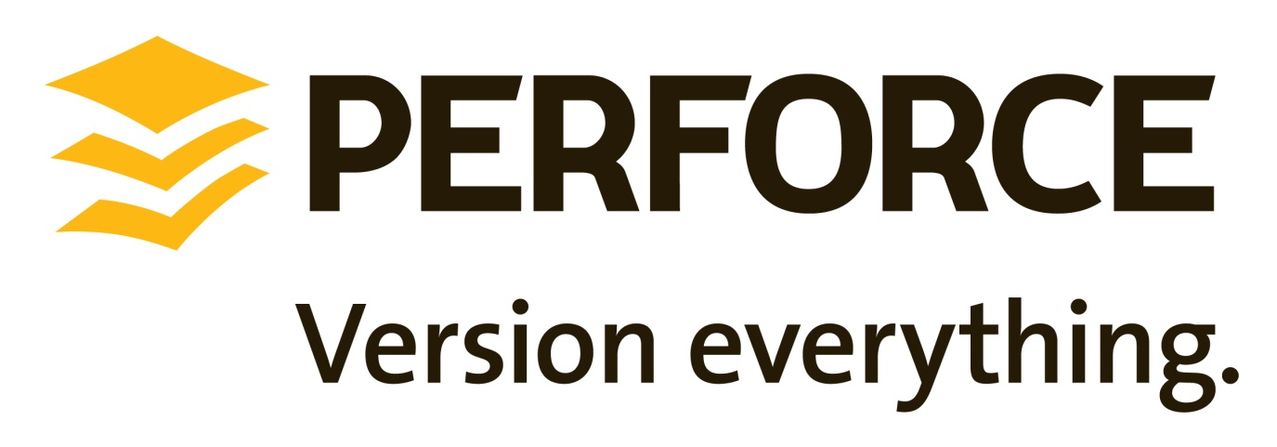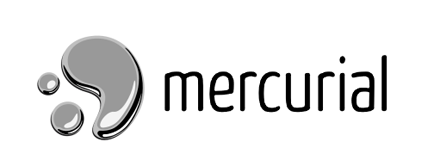Updated June 21, 2023

Introduction to Git
Git is one of the most famous and secured version-control systems created by Linus Torvalds in 2005, primarily developed on Linux, which supports other OS, including macOS, Windows, BSD, and Solaris. All the repositories of Git are equal, making it one of the best version control systems. It has a web-based hosting service called GitHub. It is globally popular with developers uploading their code on GitHub now and then to showcase their credibility on any particular technology. Even employers look up to Github as a virtual resume highlighting a person’s potential.
Version Control System
Let us first understand what the Version Control System (VCS) is. VCS is a kind of database that lets you save a snapshot of your complete project, and later when you look at the older snapshot, VCS shows how different your current snapshot is from the older one.
VCS is not a deployment system where you don’t have to change or replace any other part of your toolchain when using version control. A version control system records the changes you make to your project’s files. This is what version control is about. It is as simple as it sounds.
What is Git?
Git’s popularity in the development community largely depends on the fact that the content can be stored and tracked regularly. It allows you to periodically add new codes to the stored code and maintain a history of each change passing through.
Other version control systems do not store branches and tags in history, making Git’s level of tracking unique. But there are other alternatives to Git, which many companies use as the version control system to keep their project safe on the cloud repository.
Alternatives of Git
As in the above section, we have gone through the introduction of Git. Now we are going to learn about the Git Alternatives:
1. SVN
Apache Subversion, known as SVN, is a software versioning and revision control system distributed as open-source under the license of Apache. The subversion project was founded by CollabNet in 2000 to create an open-source system based on CVS (Concurrent Version System) with fixed bugs and some new features.
- Branching and tagging in SVN
Subversion uses the inter-file branching model to implement braches, which deals with a separate line of development and tagging, which adds labels to a repository to be tracked in the future.
- Subversion Architecture
Directory Structure
Below is a reference to how an SVN project with more than one feature would look like:
test_project/path/README.md
test_project/path/lib/widget.rb
test_project/path/new_feature/README.md
test_project/branches/new_feature/lib/widget.rb
test_project/branches/another_new_feature/README.md
test_project/branches/another_new_feature/lib/widget.rb
Advantages of SVN:
- SVN is faster than others.
- It supports the versioning of binary files.
- It adds transactional commit (all or nothing).
2. Concurrent Version System(CVS)
CVS is a version control system used worldwide, with the help of which one can capture the history of source files and documents. It’s used in many production software projects as well.
CVS works under the RCS topology, which stores files and handles multiple revisions of a single file.
How does it Work?
CVS is a central system that keeps track of the changes committed and avoids conflicts between the server and the client versions of the data. However, in the case of any disputes, individuals propose and adjust the changes accordingly.
3. Perforce
Perforce is one of the git alternatives; it is the most potent version control system which manages multiple people while working on the same files, and it keeps track of the changes to ensure reverting to the prior versions when deemed necessary.
The client-server architecture of Perforce allows one to make changes on a local disk and then submit while the other could update the repository with their files. A central repository shares the data; if a submission fails, it returns to its previous state, allowing for a fresh submission.
Advantages of Perforce:
- Perforce merging is better than Subversion or Git.
- Perforce has excellent customer support.
- Perforce allows combinations of Subversion’s repository revisions with individual file revisions.
- In the case of multiple change lists, however, Perforce is better than SubVersion as there is no involuntary commitment when a file is moved from a default change list.
- One of the other advantages of Perforce is that the layout of the working directory can be specified.
4. Mercurial
Mercurial’s CLI is a full-featured, stable, and elegant version control system which follows the philosophy of individual commands performing a single command with precision. Mercurial’s simple approach leads to sleek and concise documentation. It uses clarity in its architecture which makes it easy to use.
Mercurial also eases the transition between tools, much like Subversion. It helps in creating aliases and makes them a pleasant interface to use.
Advantages of Mercurial:
- Minimizing reliance on server backups, users can find a complete copy of the repository on their local systems.
- It works online and offline, which means the work could be continued even without an internet connection, and changes could be committed to the local repository.
- Revisions in the Mercurial version control system facilitate the organization of changesets, enabling the branching and merging of code, which proves challenging in SVN.
Trends
A company should adopt some of significant changes in Software Release Management.
- The first trend is adopting agile practices at the core, including automation allowing sprint and Iteration planning and retrospection of all data for a successful release. Moreover, companies should invest time and money in automation to ensure relevancy in the stories and features of the sprints.
- These days teams need to test their products in multiple environments before the release, which glorifies the importance of cloud platforms in production environments. Most products today, from operating systems to Internet browsers, support different platforms that make testing essential in all situations.
- The popularity of distributed version control systems like GIT, Mercurial, etc., resulting from the flexibility it provides for teams to work on different levels, makes it easier for individuals to keep a self-contained repository on their system. A developer could work offline without the necessity of a privileged master repository.
Recommended Articles
This has been a guide to Git Alternatives. Here we have discussed the basic concept, trends, and the top Git alternatives. You may also look at the following articles to learn more –






